Podcast Ep.5 Heads In The Clouds
Our smart phones would be pretty dumb without cloud connectivity. Just how clean and green is this 'cloud' that powers our digital lives?
Russia’s invasion of Ukraine at first glance appears senseless to most Westerners. What are the drivers behind the invasion and why invade now?

RUSSIANS BE LIKE:
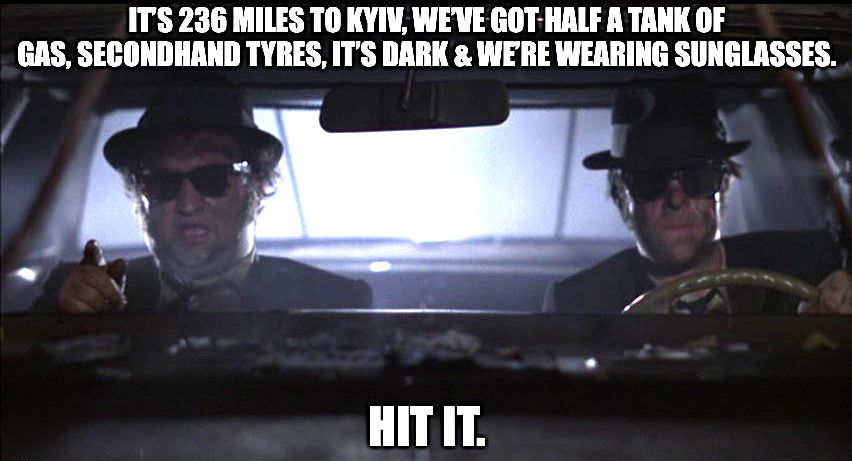
But in the words of Dwight D Eisenhower:
‘No plan ever survives contact with the enemy’
The Russian invasion of Ukraine stalling in late March 2022 does not mean Putin’s resolve has weakened. Where the war goes from here is unknown. The only guarantees are more lives lost, more refugees and more wasted billions spent on arms.
Before speculating on the most likely outcomes - ranging from global famine (best case) to a post-nuclear dead planet (worst case, but not out of the question) - it is worth trying to understand why Putin decided to invade Ukraine. And why now in particular.
In no way can the decision to initiate the bloody invasion be excused or justified. However, more compelling factors may have driven Putin's decision than mere whim.
The Palmerston Principle
Students of geopolitics are familiar with Lord Palmeston's words:
“We have no eternal allies, and we have no perpetual enemies. Our interests are eternal and perpetual, and those interests it is our duty to follow.”
Russia's geography makes its historical boundaries difficult to defend. Russia has a Palmerstonian ‘perpetual’ interest in hegemony over near neighbours adjacent to defendable frontiers. To the southwest of Russia, hegemony over western Ukraine & Moldova takes the frontier to the Carpathian mountains. Baltic State hegemony in the north takes it to the Baltic Sea. Similarly, southern Ukraine and Crimean control moves the frontier to the Black Sea. Throw in as much of Belarus and Poland as possible to the west and there is only a relatively narrow front to defend against Germany.
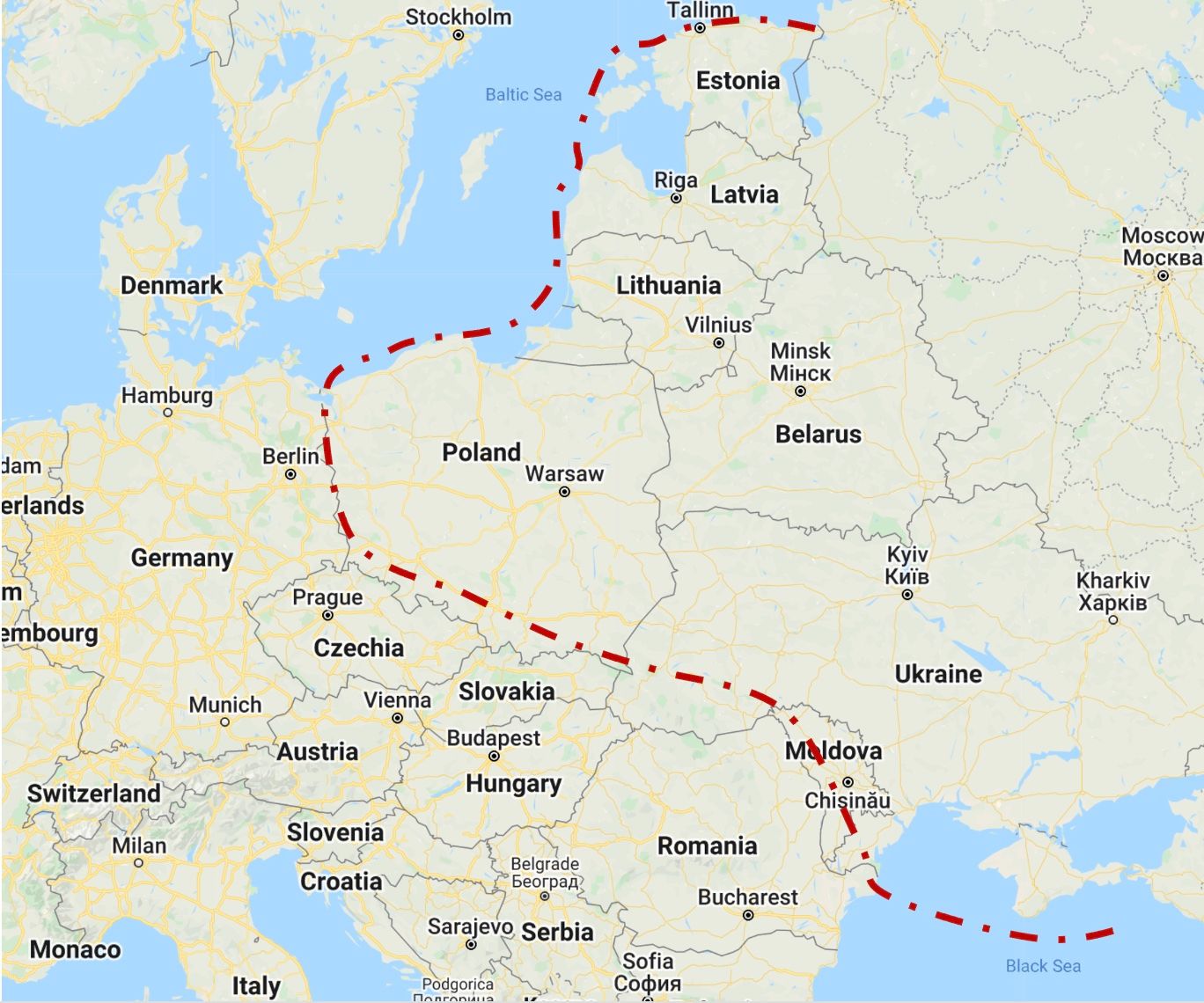
NATO's expansion to include Poland and the Baltic states in the late 1990s - early 2000s should have been expected to raise Russia’s Palmestonian hackles; irrespective of who was or is Russia's president. The expansion was strongly criticised by several Western leaders outside of Europe at the time.
However modern warfare is not about tanks rolling along a broad front, as the German Wehrmacht attempted (and catastrophically failed) in WWII’s Operation Barbarossa. Nor is it about a Napoleonic formation marching across Europe supported by cannon and horse-mounted cavalry (which also catastrophically failed). Russia is a nuclear power and in reality, no-one, EVER, is going to attempt to invade Russia while nuclear escalation is on the table.
Putin knows this.
He also knows that NATO has no intention of allowing Ukraine to join its mutual defence treaty. However, spruiking the threat of further NATO expansion, which Putin has done, may be being used to sway neutral countries to butt out of the invasion. But a non-existent military ‘threat’ can’t be the main reason behind Putin’s decision to invade Ukraine.
There are powerful economic and demographic factors that appear more important drivers.
A nation bled dry
The breakup of the Soviet Union was accompanied by privatisation of former USSR’s state assets at fire-sale prices. This often being accomplished by rigged auctions, such as that made public concerning sanctioned Chelsea Football Club owner Roman Abramovich’s acquisition of fossil fuel assets.
To the present day, a small number of kleptocrats, at Putin’s discretion, continue to bleed the Russian economy dry. Over a trillion dollars in Russian wealth is estimated to be held outside Russia. This removal of income and capital has contributed to Russia’s declining education, health & living standards and widening wealth inequality.
The bleed out has caused insufficient capital investment to maintain, let alone grow, industrial output. The USSR used to make a lot of stuff, ranging from heavy machinery to sophisticated pharmaceuticals. Now Russia’s economy is reliant on exports of basic commodities: grains, various minerals and above all, fossil fuels. Extracting these commodities requires imported technology and skills. That is, Russia has devolved into little more than a petrostate, with oil and gas exports contributing over half of Russia’s income.
But there is a problem.
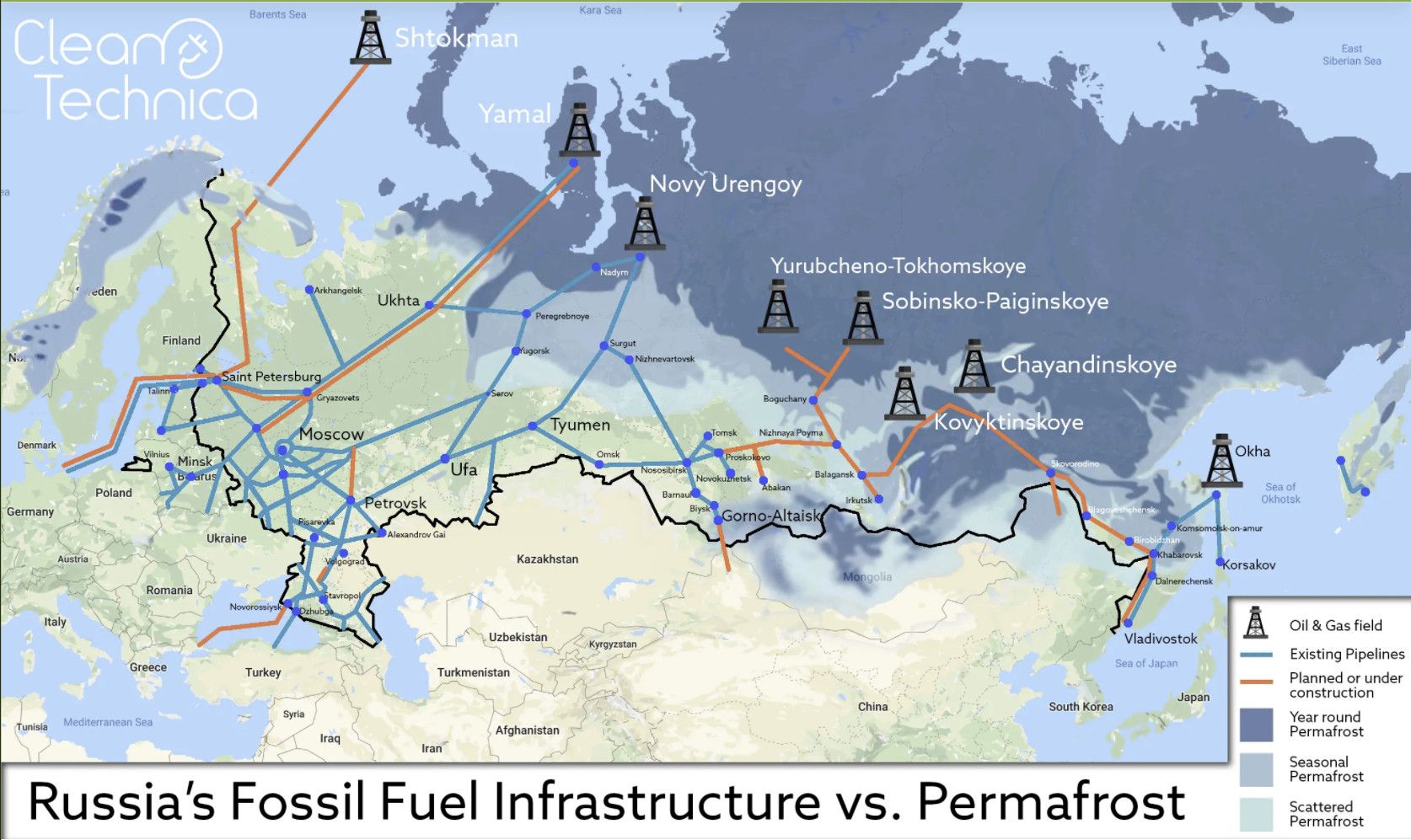
The cheapest and best quality oil from the Ural/Volga basin was extracted first and those fields are already past their peak. Russia has added extraction from Siberian fields. It is also looking at adding Arctic offshore and shale resources. None of these are cheap or quick to develop. So it is likely that Russia is peaking in overall oil extraction and faces a future of declining oil extraction and export income.
A not-so-cold irony
Climate change is making matters worse. The Arctic is heating 4 times faster than the planet’s average. Arctic permafrost is melting. This melting is turning solid, frozen ground into sludge and undermining the foundations of Russia’s oil and gas infrastructure. United States oil pipeline operators in Alaska are refrigerating the ground around vulnerable pipeline foundations in an attempt to keep the permafrost frozen.
Putin knows global heating is baked in by ongoing fossil fuel extraction and burning. Much of the Russian Arctic oil infrastructure will collapse into the sludge sooner rather than later.
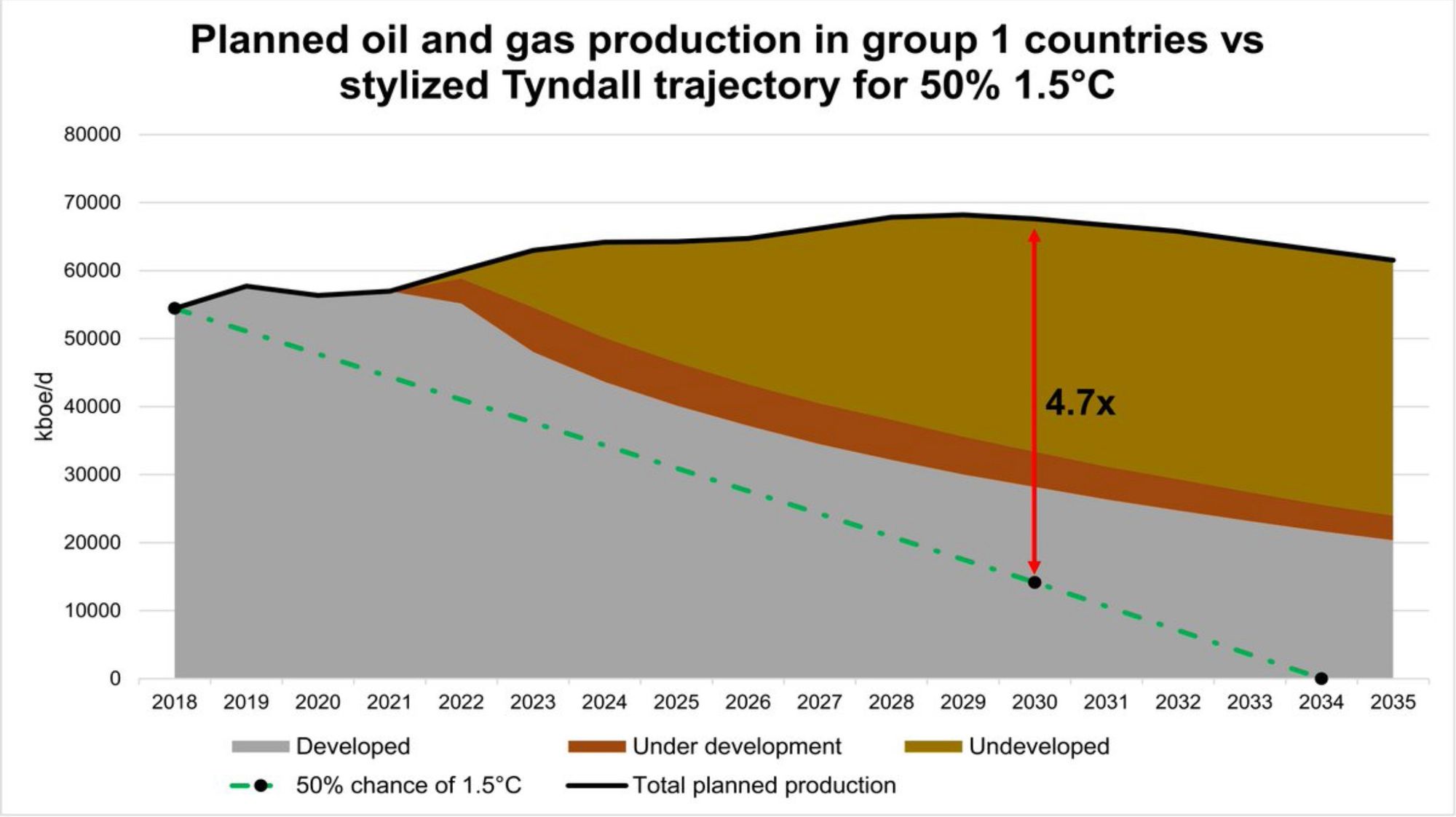
That is, global heating from fossil fuel burning is an existential threat to Russia’s fossil fuel extraction, export income and economic survival. Forget returning to Super Power status for at least a generation or two.
It is within this economic context that the Ukraine invasion begins to make some ‘sense’. Ukraine already has the pipelines to keep feeding Europe’s addiction to fossil fuels. About 40% of Russia’s Gas exports pass through Ukraine. Ukraine harvests over a billion dollars annually in tariffs from this transit. Ukraine also has significant oil and gas reserves itself. An independent Ukraine is a tax on Russian exports. Ukraine could also become a direct economic competitor to Russia as Russian fossil fuel output declines.
The images below show the land & sea fossil fuel resources of Ukraine (left image) and current Russian controlled territory and naval deployment (right image).


Control of Ukrainian pipelines and resources are a natural complement to Russia’s known, strategic, aim of buying into and controlling Eastern Mediterranean fossil fuel exporters. Think: gangster drug kingpin (but the drug is fossil fuels). Take out the competition and take over his patch (literally = Ukraine). Offer ‘protection’ to Eastern Med development and exports (explaining Putin's military support propping up the Assad regime in Syria).
Now or never?
Several informed commentators consider Russia’s demographic time bomb to be driver of the decision to invade Ukraine now. Russia has one of the world’s most rapidly aging, shrinking, populations. Liabilities for healthcare, pensions and other social services are increasing.
Meanwhile, filling out the ranks of the Russian military becomes more difficult with every passing year. A quarter of Russian men die before the age of 55. This is without being sent to a battlefield. To this dismal statistic the impact of the ‘Baby Bust’, when Russian fertility plummeted following the breakup of the Soviet Union, can be added. These factors mean the military-recruitable population of Russia is rapidly shrinking. Initiating a smash-and-grab to garner additional economic resources for Russia, to Putin’s mind, may have been a case of now or never.
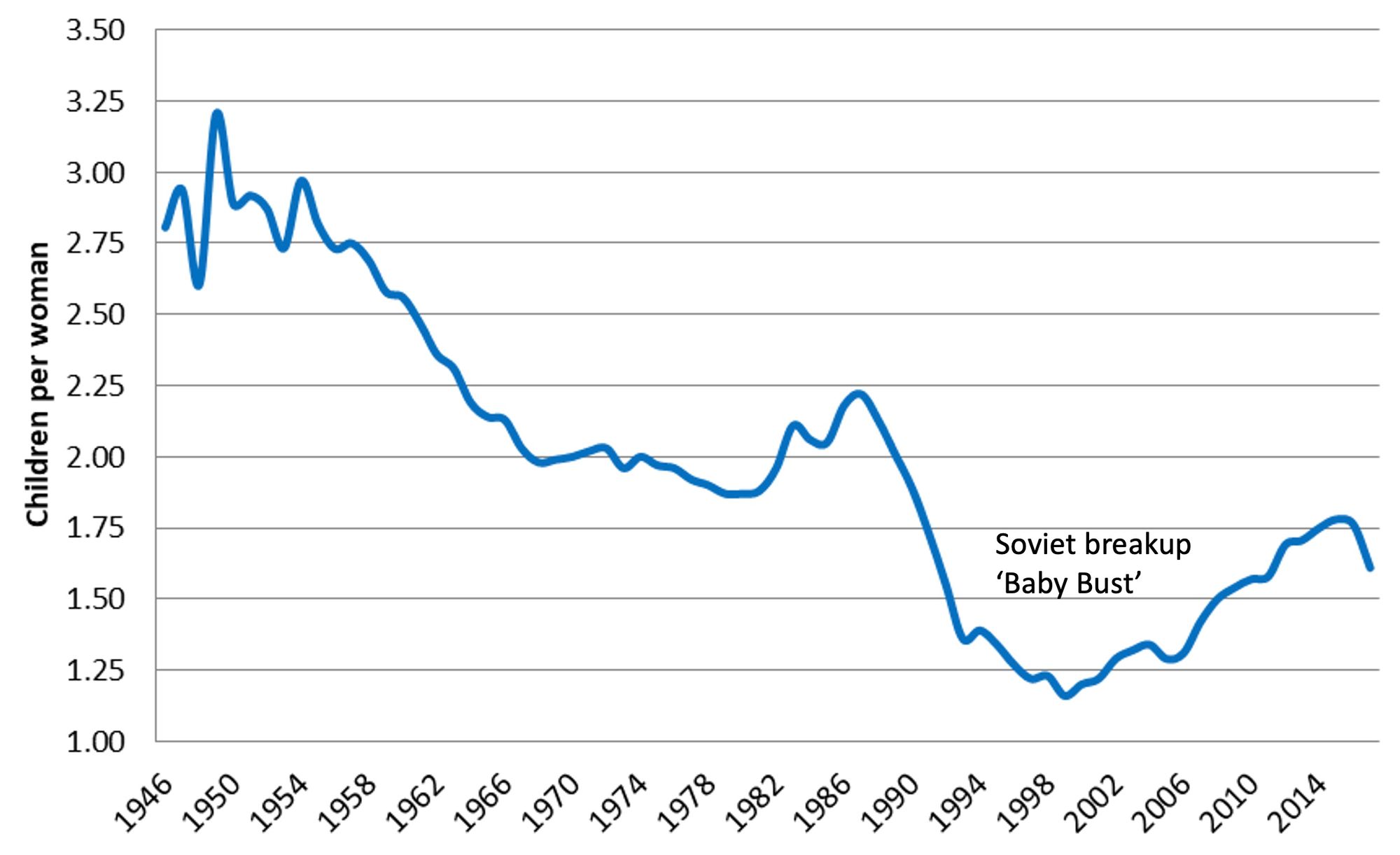
What plan comes after Plan Z?
It is reasonably clear that Putin’s ‘Plan Z’ was for a swift operation. Rapidly decapitate the Ukrainian government. Simultaneously establish territorial control over Ukraine’s major fossil fuel and strategic port assets.
It is also clear that this hasn’t happened. At least not yet. However, Putin will not be dissuaded by the mounting human cost of prosecuting the invasion. Whether the lives lost are Ukrainian civilians or his ethnic-minority conscripted invasion force matters not. That said, few commentators believe Russia has the force size, materiel or economic strength to sustain and resupply a prolonged conflict. Escalation by Putin to non-conventional or nuclear weapons to shorten the conflict is a clear risk.
Meanwhile Europe is looking to rapidly reduce reliance on Russian fossil fuels. Eastern Mediterranean exporters, such as Egypt, whom Putin seeks to control, are now in competition with Russian fossil fuel exports.
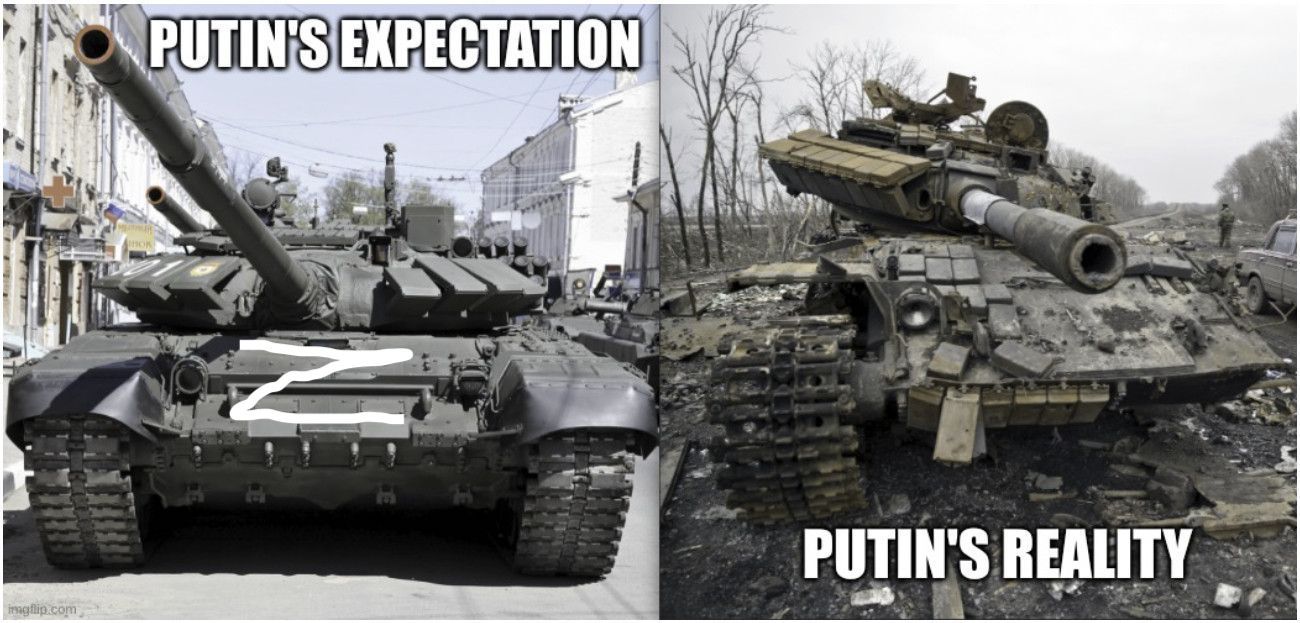
Only the passage of time will inform us how this war ends, when it ends and the economic, human and environmental costs incurred. However, it is already apparent that the impacts will be both large and global.
If history is any guide, an outcome that Putin can sell internally as 'success' is a very dangerous one (think Hitler, Kim Jong-Un, Saddam Hussein). Unfortunately, history also tells us inflicting a definitive and personally humiliating defeat of Putin will be very, very costly.
No easy choices...
Any and all of Peter Zeihan's recent work -maybe just start by subscribing to his twitter feed (@PeterZeihan). I have mentioned his books in other posts (eg Disunited Nations ) and a new one is on the way.
Roger Boyd's recent article provides a realist, albeit somewhat jarringly clinical perspective.
This commentary by Hu Wei, published in China but translated from Mandarin, covers several options for how the war may unfold and possible actions by China. Compelling reading.
Subscribe to thisnannuplife.net FOR FREE to join the conversation.
Already a member? Just enter your email below to get your log in link.